|
I was a little hesitant in publishing yet more photos of the Holman Cornish engine house at Dorothea. After all, there are hundreds of photos on the web, most taken in the last few years. When you dig a little deeper and look for information, most people seem to have paraphrased Dave Sallery's excellent description on his web site, adding nothing more of interest to the discussion, which goes round and round. In a way, this echoes the events on the ground. A world-class chunk of industrial archaeology slowly sinking to ruin because no consensus can be reached over funding or care. A look through the Coflein catalogue of images will show just what has been lost at this site in the last few years. There's more than a little will to do something about it- the people of the vale, for the most part, seem to appreciate what they have got. There are things going on, quietly in the background, but at a geologically slow pace. Meanwhile the artefacts in the quarries that make up the Dorothea complex slowly sink into rubble and rusty oblivion. I don't really mind: I like my industrial archaeology rusty and forlorn and I hate the suburbanising of spaces as has occurred on other sites with their interpretation boards, trails and visitor centres...the "National Trust" effect. I just hope the alternative isn't the no-man's land of "landscaping" or bulk extraction, rather than careful conservation. Whatever happens, the area is a haven for wildlife and is much loved by local people. It needs to be handled sensitively, or not at all. A significant fact, if one were needed, to justify the importance of the site is that the design of the engine at Dorothea is fundamentally unaltered from Newcomen's original of 1706. That this engine was one of the very last Cornish pumping engines to be erected, 200 years later, is an incredible thought. Some notes on the early years of the engine house...Walking around the place, with it's Lancashire boilers and various mysterious looking fragments of pipes made me think of the difficulties experienced in the earliest days of construction at Dorothea. The technology of the engine might well have been old school, but the problems faced at the quarry were very much of the immediate kind. Documents from the Dorothea papers* shed interesting light on the difficulties. The sinc, or quarry pit, had attained a depth where it needed to be de-watered, in order for extraction of further slate to take place. Various pumps had been tried, notably some from H Owen & Son, Caernarfon. These were worked with steam from the winding engines, for instance, "steam from engine number 12, gallery Quarry C which was idle" according to notes made by the quarry manager. It was to no avail. It's difficult to see how the sinc was dewatered prior to this, possibly by buckets attached to a chain incline, but one thing was clear, something had to be done and soon. In 1899 the first sods were cut for the "Big Shaft" and it's sinking done by John Williams and Owen Powell, likely small-time, but skilled local contractors who would hire gangs of men as and when needed. The shaft was to be 155 yards deep by 9 feet square. At the same time, a tunnel from another shaft, dug simultaneously in the sinc was to be driven, 135 yards away laterally, to meet the big shaft. It took 19 days to dig through topsoil and overburden (such as glacial till) to reach rock. A temporary engine house and head frame was soon needed to lift the spoil from the shafts, and a new winding engine ordered. It must have been quite a scene of activity, with the smoke from the engines, men and horses manoeuvring equipment and spoil. Another engine arrived from Nantlle station on 5th April 1901- a Ruston and Proctor 6nhp semi-portable. It was needed, as water was beginning to be a problem in both shafts. Then, on August 7th 1901, the granite was encountered, underlying the slate vein at 40 yards depth. This was actually pre-Cambrian porphry, the first time this had been encountered at Dorothea. Water flowed in copiously and the shaft had to be constantly pumped and bailed out by hand. Eventually, at a depth of 90 yards, (30 yards deeper than the South Dorothea sinc) the miners had to give up until steam pumping could continue on a 24 hour basis. New pumps were requested from Joseph Evans, Wolverhampton. Their representative was a Mr Brindley, who "laughed when he heard that the quantity of water to be raised from the shaft was only 350 gallons per hour" Brindley recommended two smaller pumps, to be powered by yet another steam engine, a Robey 14nhp, working at 60psi. It would also have to drive ventilation fans and the winding engine, so was perhaps not such an extravagance.
The pumps were assembled and put in place on 21st December 1901, but proved impossible to start. The quarry engineers tried from the Saturday continuously through to Sunday night, but went home, exhausted and disheartened, "saying they could do no more". Brindley was sent for and announced that everything was "capital work" but failed to make the pumps function. He announced to Hugh Williams, a fitter, that "A doctor cannot cure every patient" and left without informing the quarry management. Brindley was to be back again several times at the behest of Dorothea. Owen Evans, from Caernarfon, (the supplier of the original pumping equipment for the sinc) was asked to intercede with Brindley. Brindley's response was that "In as much as the pumps had gone for an hour...they ought to go on for ever." Evans asked him why they stopped so often but he could not say. He then left, "on the 2.05 train from Talysarn" not to be seen again. On January 1902, the pumps and pipes were raised from the shaft, "being quite impracticable for the place." Work stopped, and the expedient of driving another tunnel from the Twll Coch sinc was tried, in order to drain the shaft. On July 16th 1902, miners broke through, tapping the water and draining the big shaft. Work continued with further minor difficulties due to pumping until May 1903, when a fall in the sinc blocked off the shaft and buried engine, drum and pumps. This took until July to clear and in the meantime, the big shaft was allowed to fill up with water. At last, the quarry's luck began to turn as the miners in the lower tunnel encountered a fault in the rock and "all the water that was coming hitherto into the shaft came into the tunnel". Work continued until the required depth was attained in November 1903. It had taken them slightly more than three and a half years, without a single injury to the workforce. The first foundations of the engine house were laid by Evan Thomas, mason and his gang, on June 21st, 1904. In October, the beam of the "New Engine" arrived at Nantlle station and was found too heavy for teams of horses to pull. It had to be hauled by a traction engine, hired from Abergele. The pumping engine took until June 1905 to be assembled, whereupon a great many teething problems were experienced, some due to the engine and pumps, some due to the brick lining of the shaft allowing water in to the shaft. Eventually, on August 21st, 1906, the pumps began to work properly and "have worked since without any trouble" (W. J Griffith, Quarry Manager) Some factoids: The engine in the house weighs a little over 91 tons 3 cwts. and has a 68" bore cylinder. The main beam weighs 22 tons, 12cwt. The first engine house chimney was made from two old boiler tubes, weighing 6 tons and 60 feet high. This was later replaced by a cast concrete chimney. Sources: Power from Steam: A History of the Stationary Steam Engine By Richard L. Hills *The Dorothea papers, Gwynedd County Record Office 614 and 627. Alan Carr, "Dyffryn Nantlle, A Landscape of Neglect" Great thanks to Petra for sourcing the archive information.
6 Comments
Iain Robinson
12/4/2017 09:03:21 pm
Thanks Graham...yeah, I'd like to see how that was moved!
Reply
Matthew Bartle
14/4/2017 04:00:13 pm
Thank you, Iain, for a mind-blowingly interesting post. The efforts by all involved (?except Brindley) to reach their goal of dewatering the pit are astounding. The slate must have been highly valued. (The superlatives are well-meant.)
Reply
Iain Robinson
14/4/2017 05:34:29 pm
Thank you, Matthew! I'm very pleased that you enjoyed the post- it does seem to have been a herculean task, and that the men of the day were indefatigable...with the exception of Brindley! It's therefore a greater shame that the engine continues to languish unattended there at Dorothea, despite being a listed monument :-(
Reply
Laura
1/9/2019 08:43:20 pm
Just finally got around to reading this; kept getting sidetracked by your newer articles until life became too busy this past spring for any personal Internet use! I'll have to ditto Matt's comments: This is an incredible article with your usual very uniquely expressive photos that say everything about this fantastic place. The great weight of the final pump components blow my mind, and this was all done over 100 years ago. Very impressive that they did all that digging of connecting shafts and hauling of equipment without injuring the workers. I had just reached the point about the water filling tunnels where the guys were working and figured, well, that was the end of at least a couple guys. Even 30 years later when the Hoover Dam was built, under similar circumstances I assume, over 100 guys died! Here's an interesting quote from https://mashable.com/2015/09/11/hoover-dam-construction/ "Though the myth that there are bodies entombed in the dam is just that, a myth, there were officially 112 deaths as a result of the project. The first was J. G. Tierney, a surveyor who drowned while searching for a spot for the dam on December 20, 1922. The last worker to die on the dam lost his life 13 years to the day later — Tierney’s son, Patrick." Makes me really feel for the Tierney family... So either the US didn't use correct safety methods or the workers were rushed. People shouldn't die doing their job...
Reply
Iain
2/9/2019 03:33:47 pm
Thanks, Laura. Your comment about a whodunnit is spot-on, a fantastic observation! I was impressed by the safety record myself. Needless to say, that wasn't reflected across the industry, Cwmorthin being one of the worst, so much so that it was known as the "slaughterhouse". Perhaps, too, that these men were construction workers, so they weren't taking so many risks as the quarrymen, who were used to sizing up dodgy situations every day (and cutting corners for profit).
Reply
Your comment will be posted after it is approved.
Leave a Reply. |
TracksReceive the occasional Treasure Maps Newsletter- and alerts when a new post is available!
If you enjoy my content, please buy me a coffee!
Check out my other online activity...
Index
All
|
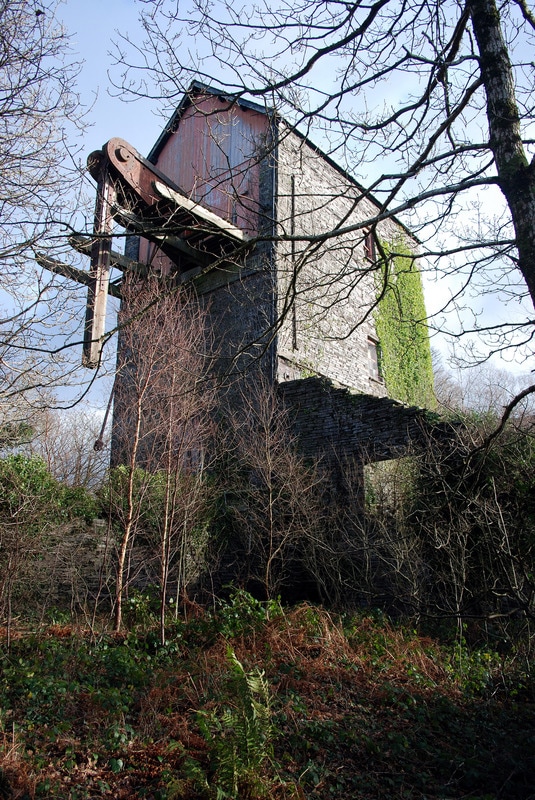
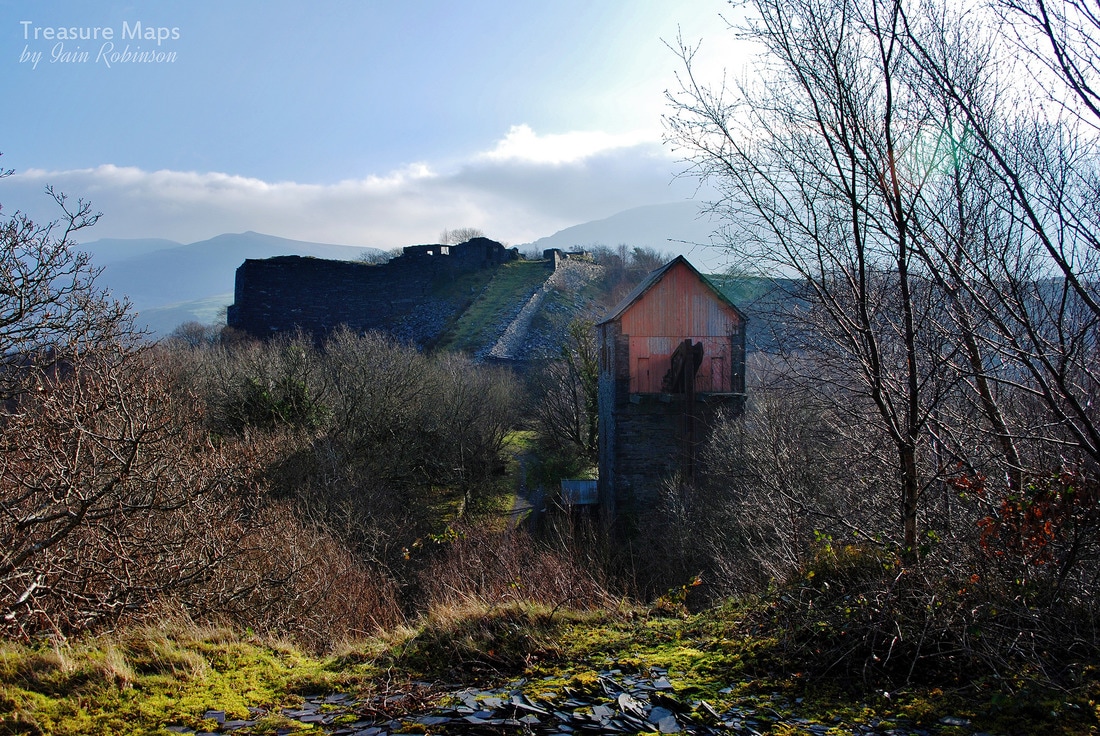
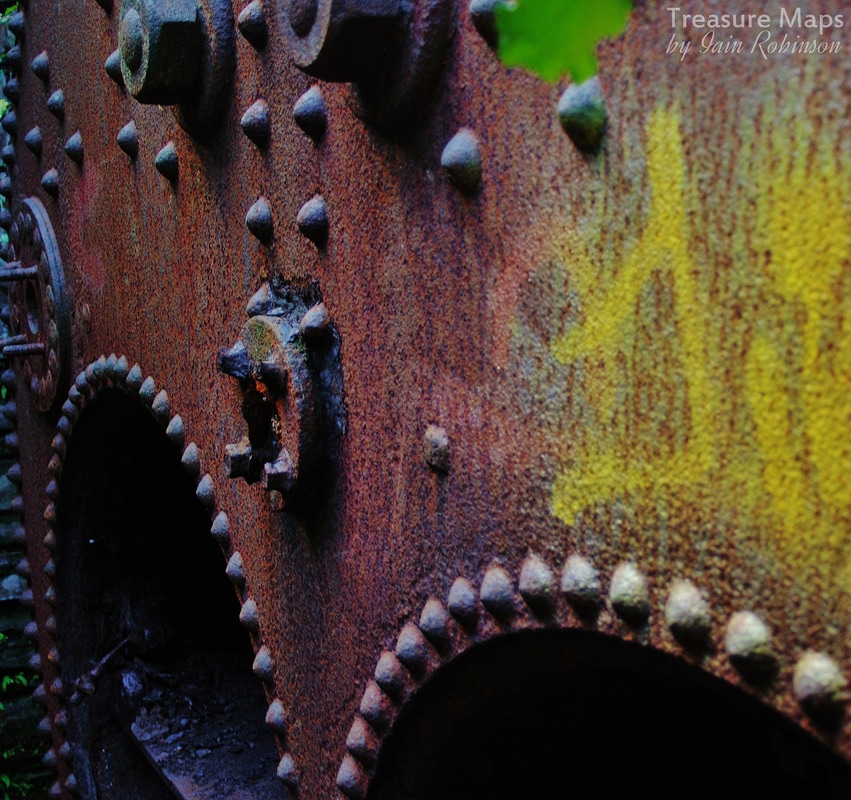
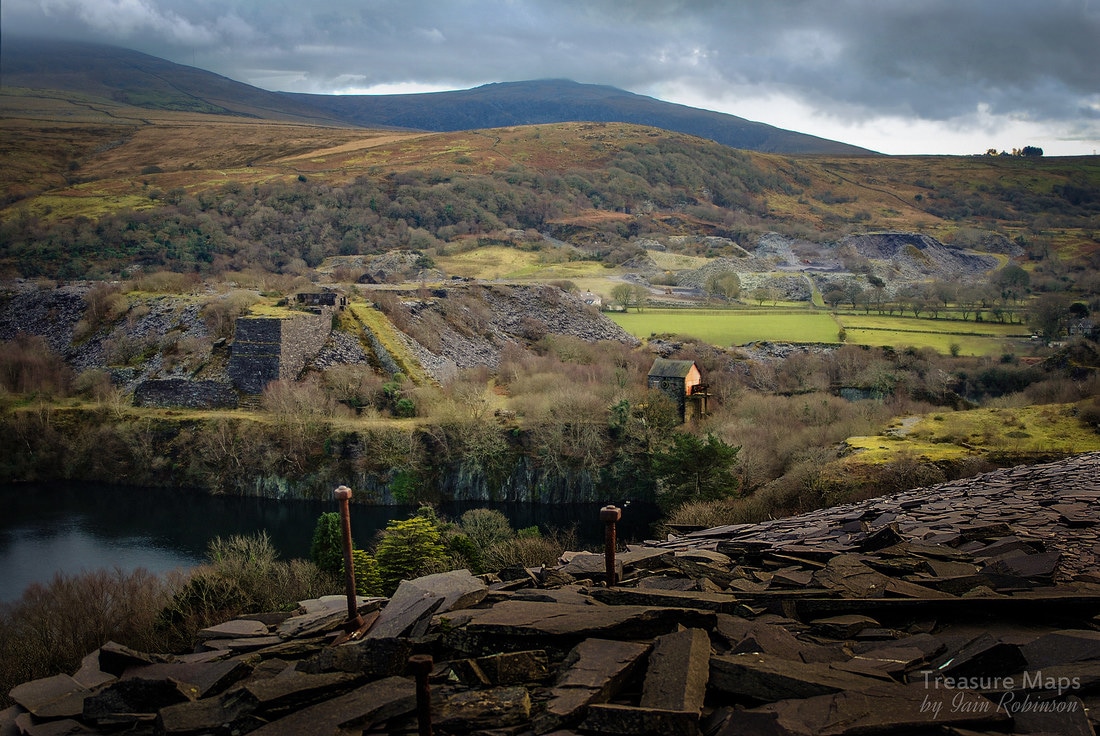
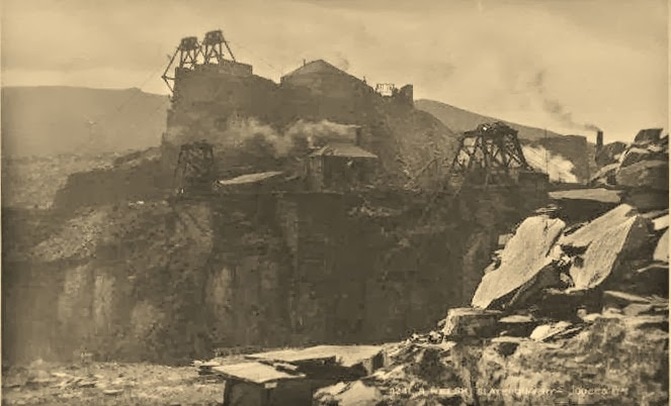
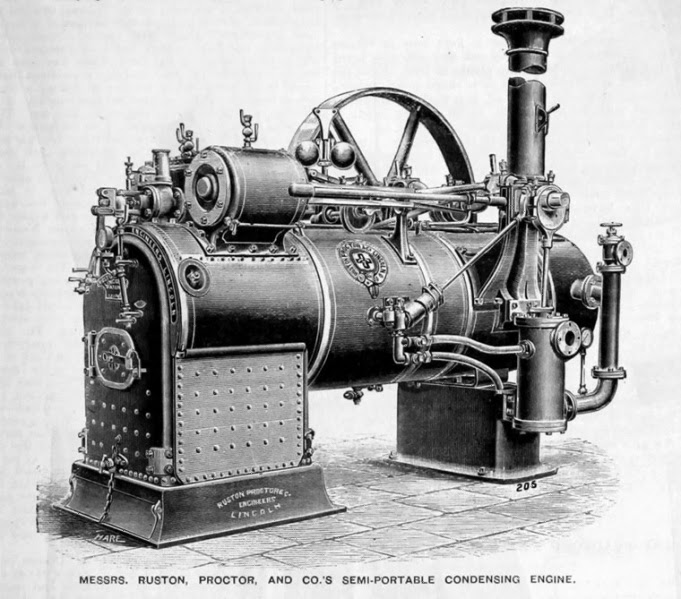
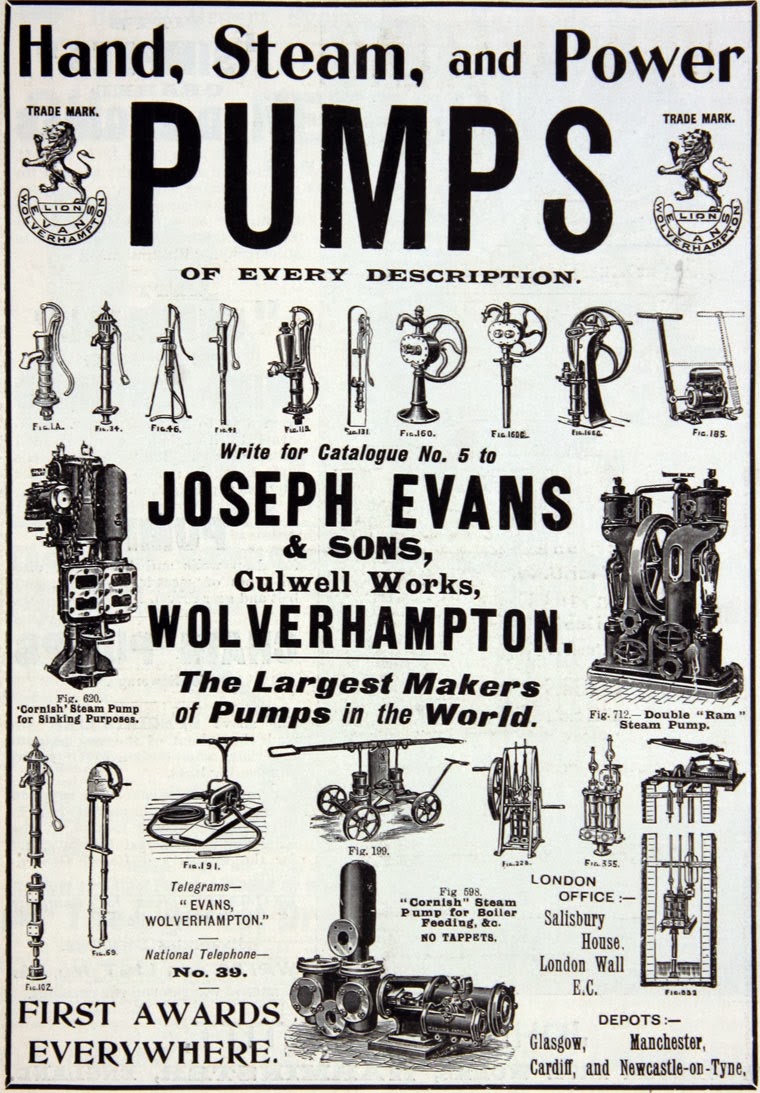
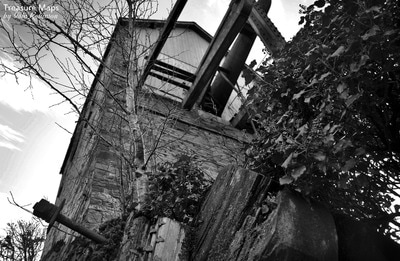
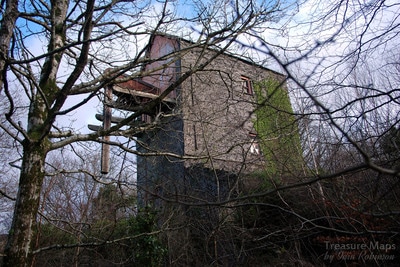
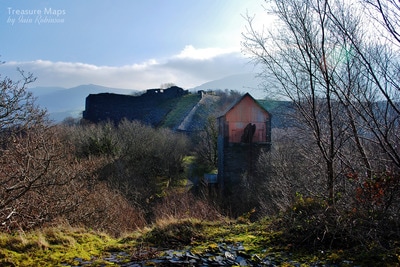
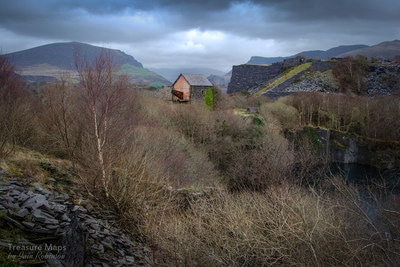
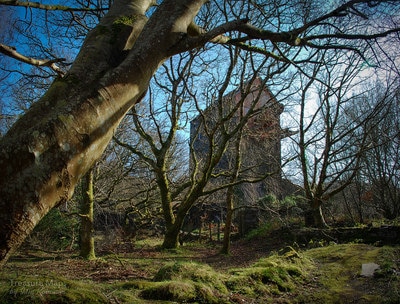
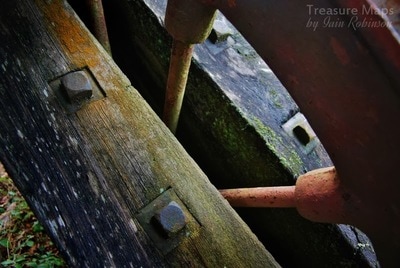
 RSS Feed
RSS Feed